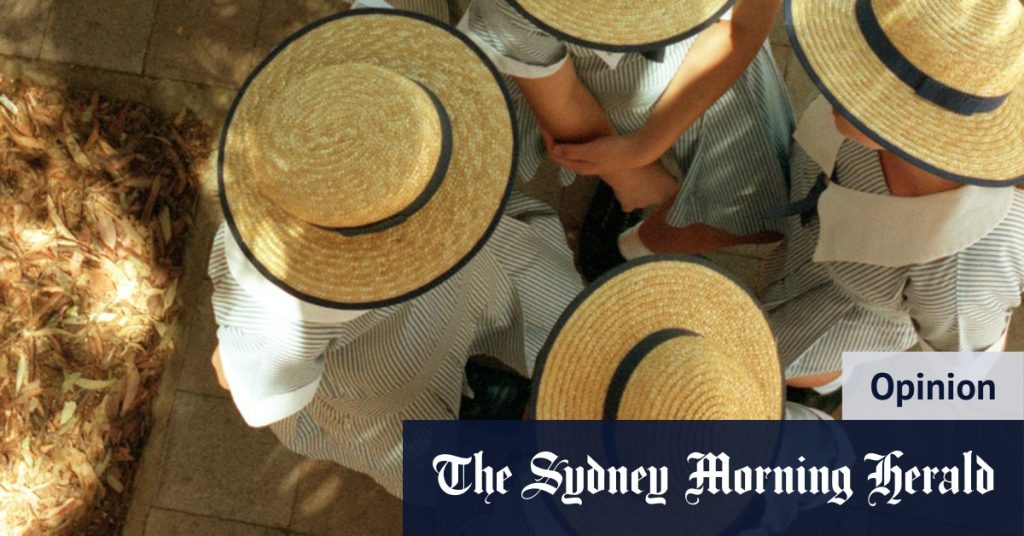While I share Associate Professor David Hastie’s aspiration for all students to have an equal chance at the best life possible through education, I disagree with his arguments on school funding. Public schools are severely underfunded and struggle to provide a comprehensive education due to the lack of resources. Meanwhile, private schools such as The Kings School, which receive public funding, have extravagant facilities not essential for education. It is essential for public schools to have the basic requirements such as playing fields to provide a level playing field for all students.
Hastie argues that private schools are not overfunded at the expense of public schools, but the reality is that public schools receive significantly less funding compared to non-government schools in all Australian states. The commitment to the Schooling Resource Standard following the Gonski Review has not been met, with public schools operating at 90% or less of the standard. Instead of governments just allocating more taxpayer money to public schools, a more equitable distribution of funding from overfunded private schools should be considered to bridge the gap.
Hastie’s claim that Australia spends more public funding on private schools because there are more of them ignores the fact that government policies have encouraged the growth of non-government schools at the expense of public schools over the past 30 years. Support for private schools through per capita grants, funding for capital works, charitable status, and tax concessions has shifted the cost of education from public to private sources. The recent rejection of a recommendation to remove tax-deductibility for private school donations continues this trend.
While Hastie points out that non-government schools in many European countries receive full public funding, he fails to mention the attached conditions such as stringent government regulations on school operations and non-discriminatory enrollment practices. In England, 93% of schools, including faith-based ones, are government-funded, unlike the mix of public, faith-based, and independent schools in Australia funded by multiple government levels. Our system lacks the unified approach found in other countries and perpetuates inequality in education funding.
In conclusion, the school funding debate in Australia is far from settled. While there is a commitment to providing all students with the best educational opportunities, the stark disparities between public and private school funding need to be addressed. Public schools should receive adequate resources to provide a quality education to all students, rather than being overshadowed by private schools with extravagant facilities. A fair and equitable distribution of funding is essential to ensure that every student has an equal chance at success in life through education.


